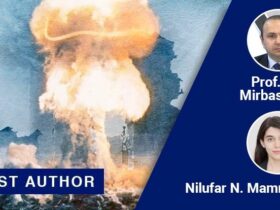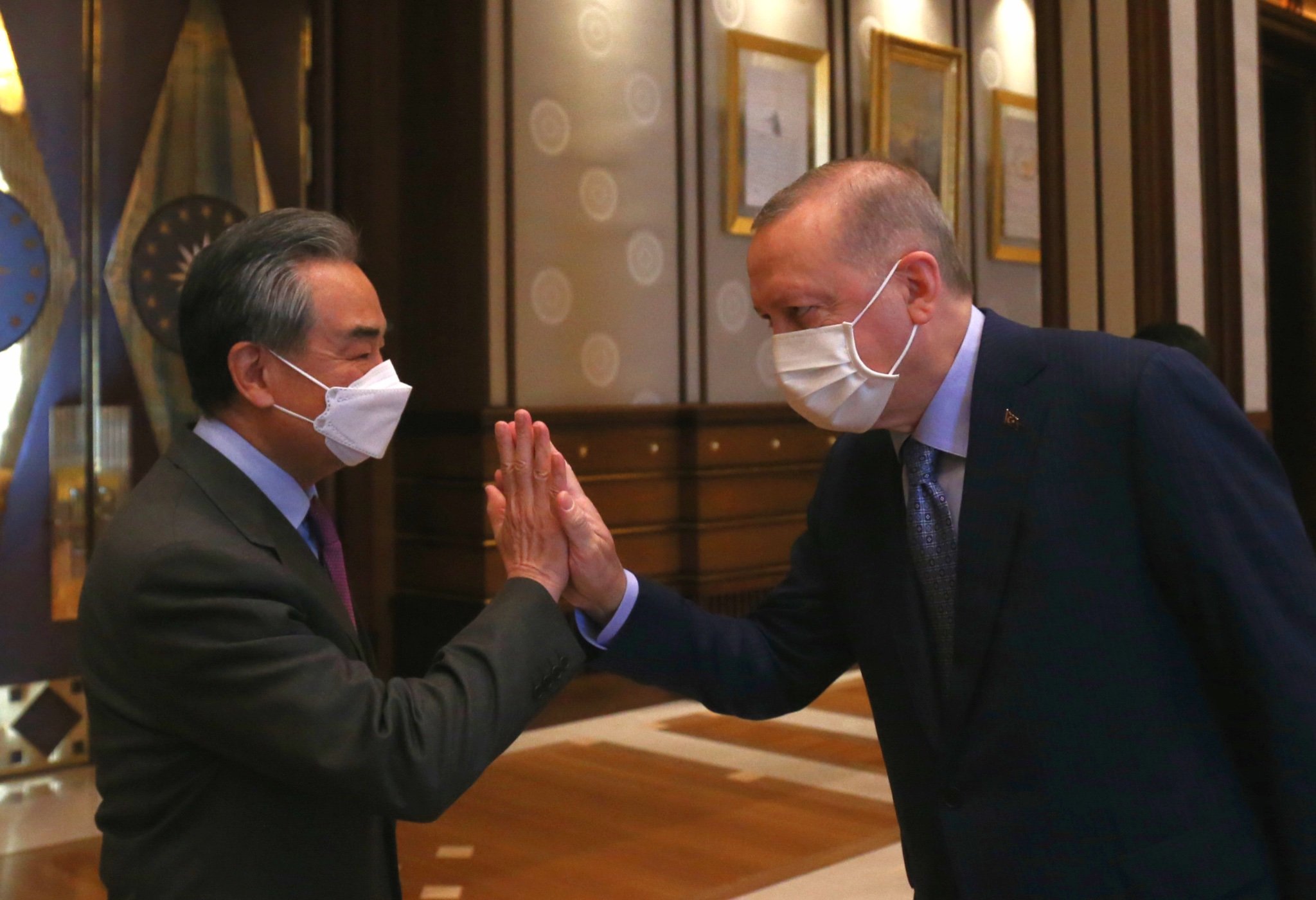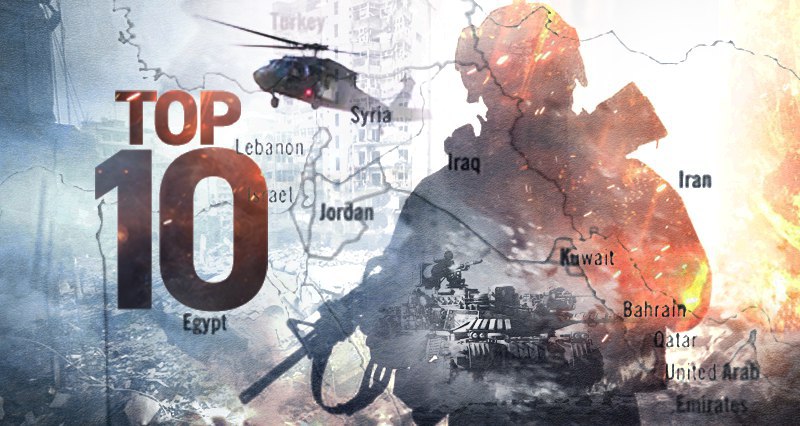After months of negotiations, the United States and the European Union have come to an agreement both regarding trade and investment policies as well as strategic relations.
● Tariffs & Trade Barriers
- U.S. imposes a 15% baseline tariff on nearly all EU-origin goods entering the United States—covering autos, semiconductors, pharmaceuticals, and more (Reuters).
- Steel, aluminum, and copper tariffs remain at 50% temporarily, to be replaced later by a quota-based system.
- Zero‑for‑zero tariffs for both sides on selected items: aircraft and parts, semiconductor equipment, certain chemicals, generic drugs, critical raw materials, and select farm products. Wine and spirits tariffs remain unresolved.
- The EU agreed not to impose reciprocal tariffs on U.S. goods; U.S. exporters to the EU face no new levies (previous U.S. duties averaged ~1%).
- However, the sectoral tariffs on steel, aluminum, and copper will remain unchanged—the EU will continue to pay 50% and the parties will discuss securing supply chains for these products.
● Strategic Commitments
- The EU pledges to purchase $750 billion in U.S. energy (liquefied natural gas, oil, nuclear tech) over the next three years (Reuters).
- EU companies will invest $600 billion in the U.S. across sectors including energy, defense, and infrastructure by 2028 (Reuters).
- The EU will also buy significant amounts of U.S. military equipment, though no specific figure was disclosed (Reuters).
● Non-Tariff Cooperation & Economic Security
- Both parties aim to streamline non-tariff barriers, addressing certification, sanitary rules, and digital-trade restrictions such as network fees or customs duties on transmissions (White House).
- They further commit to enhancing supply chain and investment screening cooperation, particularly concerning China and national‑security concerns (White House, CFR).
The U.S. had threatened up to 30% tariffs on EU imports; settling at 15% was seen as a compromise to avoid a full-blown trade war (CBS, Reuters).
Similar deals with Japan (mid‑July) heightened pressure on the EU to close a similar agreement quickly (CFR).
European response:
- Mixed: some leaders welcomed the agreement as a necessary step to preserve transatlantic stability; others criticized its asymmetry.
- Germany’s Finance Minister described the deal as potentially “growth-weakening”, warning that it may harm national competitiveness (Reuters).
- Critics—including French and Italian officials—called it a capitulation that compromises EU economic sovereignty.
- Business representatives, for instance from Germany, were shocked and announced massive layoffs.
Economic Impact:
EU economic growth stagnated in Q2 2025, with GDP rising only 0.1%. Analysts expect the new tariffs to shave around 0.2% off growth in the EU economy.
Firms in affected sectors—automotive, cosmetics, pharmaceuticals—warn of price increases and reduced profitability.
U.S. perspective:
In a fact sheet, the White House evaluated the agreement as “a generational modernization of the transatlantic alliance”.
U.S. lawmakers and the White House hailed it as a historic win—emphasizing market access for U.S. exporters, investment, energy dominance, and support for American jobs (CFR).
Details of the agreement still keep on emerging. Interestingly, US and European statements disagree on what’s been agreed upon. For instance, regarding agricultural products and food security, Washington claims to have opened wide EU-doors for US products, while Brussels insists that regulations won’t be changed.
Negotiations also continue for the IT industry including social media networks, where the US since long pushes for liberalization, while the EU insists on content and financial regulation.
All in all, the mood in Washington is that of a victory, while the European continent questions both the transatlantic relations and its representation by Brussels. Critics against the agreement may well fuel further calls for separation from the European Union with the member countries.

















Leave a Reply